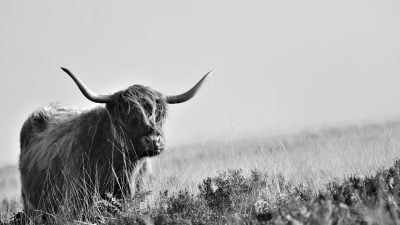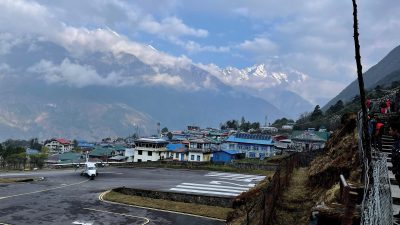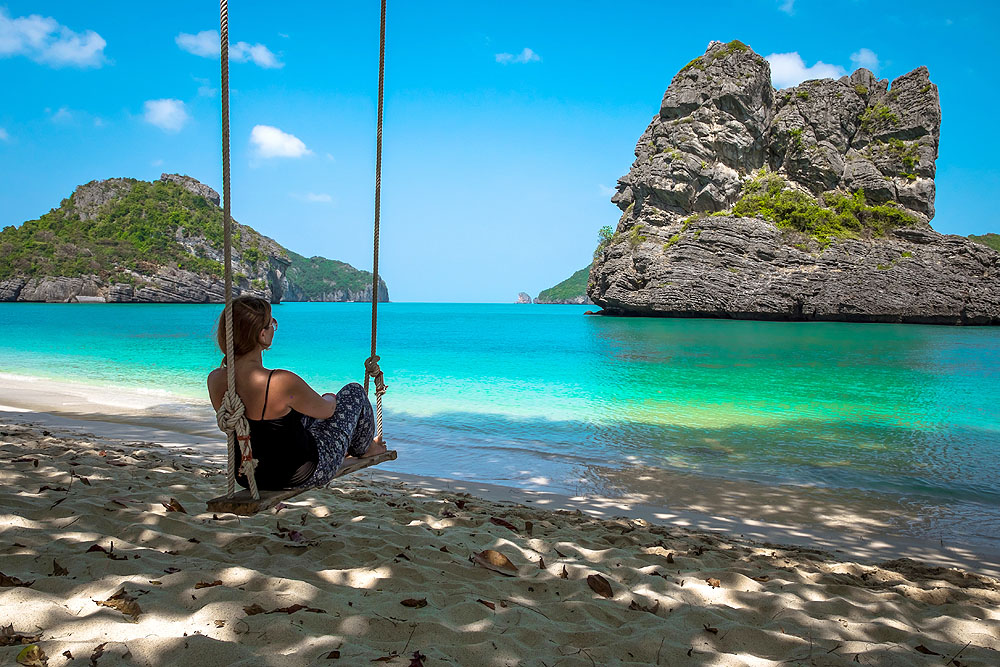
Ecotourism Destinations: Asia (Part 2)
Previous:
Ecotourism Destinations: Asia (Part 1)
Continuing the exploration of Asia ecotourism and the more outstanding destinations, we now look at Thailand, Vietnam, and Indonesia.
THAILAND
In order to protect the large number of absolutely stunning destinations in Thailand which are popular with visitors, several non-government organizations (NGOs), such as the World Wildlife Fund, have established an active presence in the country. Thai authorities are also taking steps to preserve the nature and wildlife of the country’s many different ecological zones – from jungles in the south to mountain forests in the north, plus the many marine parks in the Gulf of Thailand and the Andaman Sea. Much of this is due to prompting by His Royal Majesty, King Rama the IX.
I suppose it is obvious to say that visitors who choose to spend their time cycling, trekking, kayaking, etc., have a less detrimental effect on the environment than those on tour buses churning out carbon dioxide. Ecotourism in Thailand can include adventure and travel activities such as bicycle tours, elephant safaris, cruises, trekking, walking, and wildlife tours. All of these activities are readily and abundantly available. There are more than 110 national parks in which visitors can view local wildlife. Interestingly, and a positive action, the more popular parks explain the important elements of sustaining the environment and its inhabitants.

Here is a short list of some of the more impressive and striking destinations in Thailand which lend themselves to Asia ecotourism.
SOUTHERN THAILAND
Khao Sok
The Khao Sok National Park, located in Southern Thailand, is one of the oldest evergreen rainforests in the world. It is home to a whole host of wildlife such as elephants, tigers, black bears, leopards, several species of monkeys, and over 300 species of birds. There are also spectacular waterfalls to view. The park can be explored by elephant-back safari, hiking trails, or even a raft, canoe, or kayak on the Sok River. A novelty here is to stay in a tree house or a home on a raft in Sok Lake.
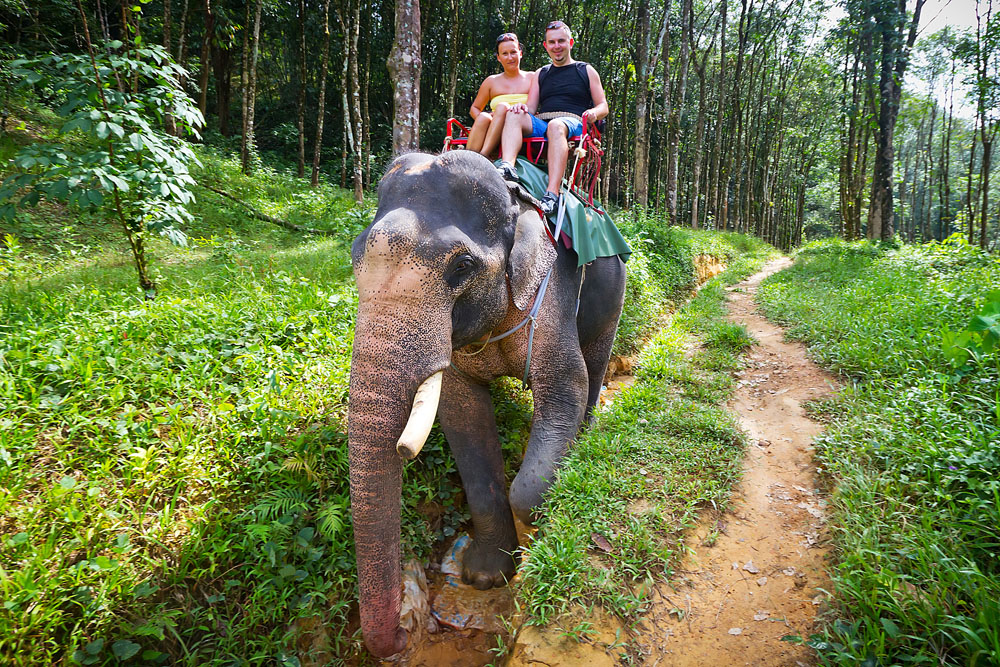
Kho Yai
Kho Yai National Park, also in Southern Thailand, was one of the first parks to receive protection. It boasts 50 kilometres/31 miles of hiking trails suitable for easy walks and also multi-day treks. Again, it is a rainforest and home to a large number of animals including bears, tigers, leopards, and 200 elephants.
Ang Thong National Marine Park
Ang Thong is on an archipelago of 42 islands with limestone rocks rising out of the sea. It is only 30 kilometres/18 miles from Koh Samui. This is an excellent place to view dolphins and sea otters. It offers beautiful, pristine beaches and coral reefs. Activities here can include snorkeling, diving, and hiking. It is also possible to stay in a collection of bungalows.
Ko Pha-Ngan
Ko Pha-Ngan is fringed with scenic bays, inlets, coves, and beaches. There is hiking, as well as snorkeling and diving available. Besides the usual beaches and water sports activities, it offers beautiful landscapes including waterfalls and panoramic lookout points. Almost 90% of Ko Pha-Ngan is comprised of unspoiled tropical forest, with 40% protected national parkland harbouring an abundance of wildlife.
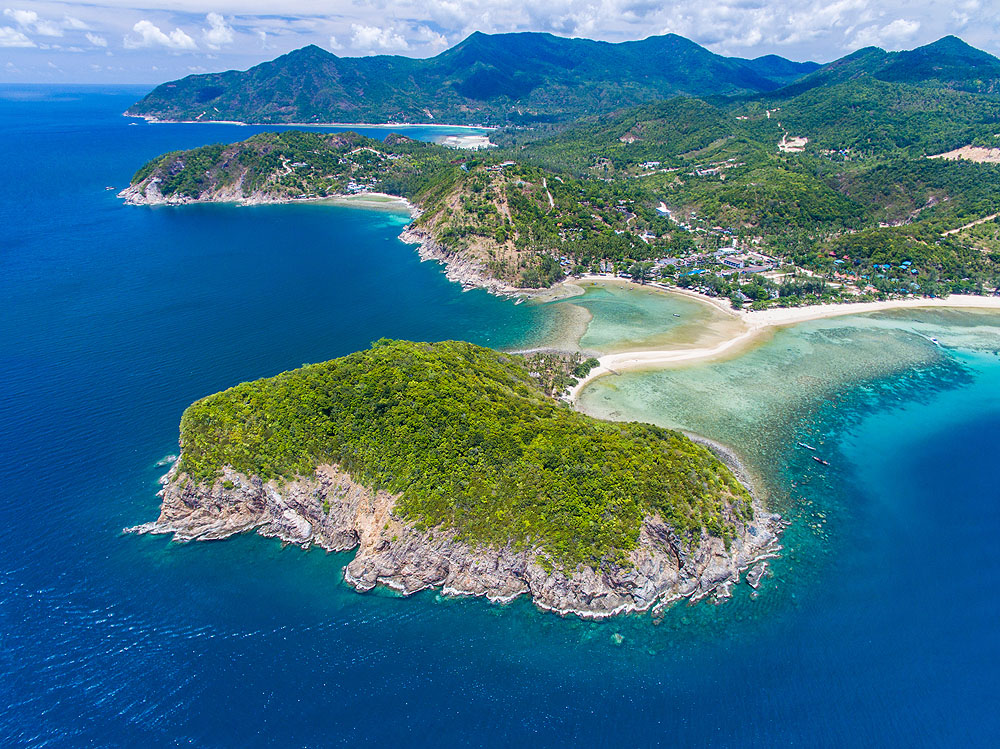
NORTHERN THAILAND
Nam Nao National Park
Nam Nao is one of Thailand’s most valuable nature preserves located in Northern Thailand, and has a wide variety of virgin jungles including bamboo forests, rainforest, and pine forests. It is home to a large elephant population as well as tigers and hundreds of bird species. Possible walks range from short, one-hour hikes to more challenging longer treks.
Doi Inthanon National Park
Doi Inthanon is home to Thailand‘s highest peak. Surrounding this mountain is a 1000 square kilometre national park dotted with hiking trails and waterfalls, all enveloped in a curtain of jungle. The main attraction of the park is the summit of Doi Inthanon, with its spectacular views which include several waterfalls.
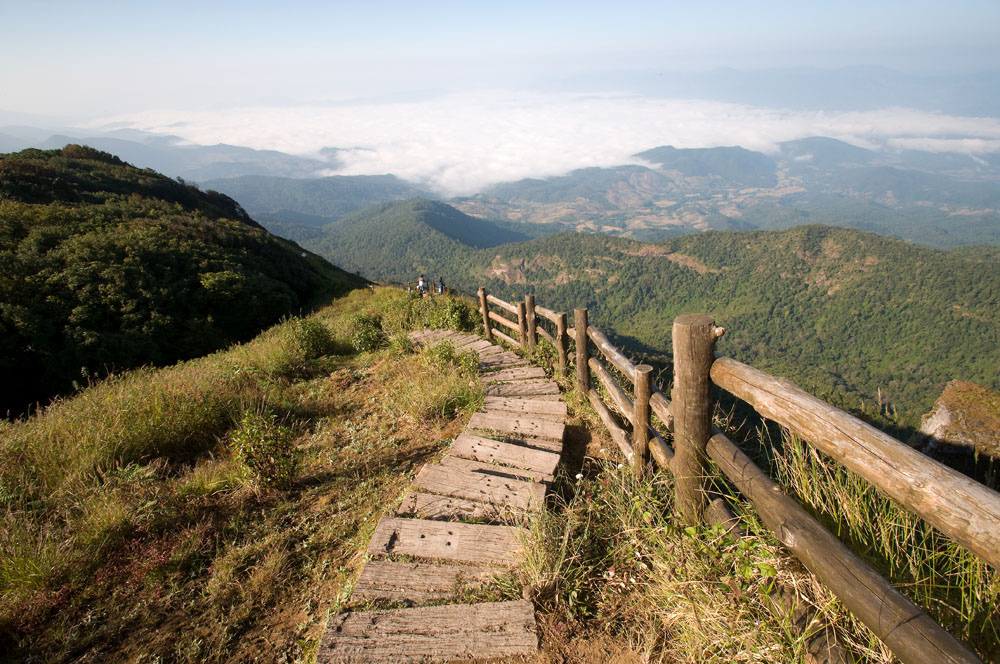
VIETNAM
If you are travelling in Vietnam, you will obviously want to take in the many excellent places which make up this interesting country. However, do consider a side trip to one of the following, which are highly recognized as contributing to the local economy as well as the country’s environment.
Phu Quoc National Park
Phu Quoc is the largest island of a 14-island archipelago, off the coast of Vietnam. It is a very mountainous and densely-forested island and is 48 kilometres/30 miles in length. Phu Quoc features some of the most beautiful beaches in Vietnam, which have at one time been voted to be “The Cleanest and Most Beautiful Beaches in the World,” by ABC News in 2008. The seafood is reputedly considered the best in Vietnam. You can explore the island on a tour. Walking trails are limited but there are walks with clearly defined paths. There are 23 orchid species, and over 200 animal and 100 bird species. Rare species include lorises, the long-tailed macaque, silver langur, otter, and hornbill.
Cat Ba National Park
Cat Ba National Park is situated just west of the beautiful and spectacular Halong Bay. Like Halong Bay, the landscape of Cat Ba is dominated by karst limestone islands rising abruptly from the sea. The park supports a diversity of natural habitats including forested hills, small freshwater lakes, freshwater swamp forest, mangroves, sandy beaches, and coral reefs.
Sadly, due to the isolated nature of the island and high levels of hunting, the diversity and abundance of mammals here are low compared to other national parks in Vietnam. However, it is home to the Cat Ba Leaf Monkey, of which there are very few in the world. It also has most of the world’s 65 remaining golden-headed langur, the world’s most endangered primate. Other animals present in the park include macaques, deer, civets, and several species of squirrel including the giant black squirrel. 70 bird species have been spotted here including hawks, hornbills, and cuckoos. There is a challenging 18-kilometre/11-mile hiking trail in the park which takes about six hours – best done with a guide.
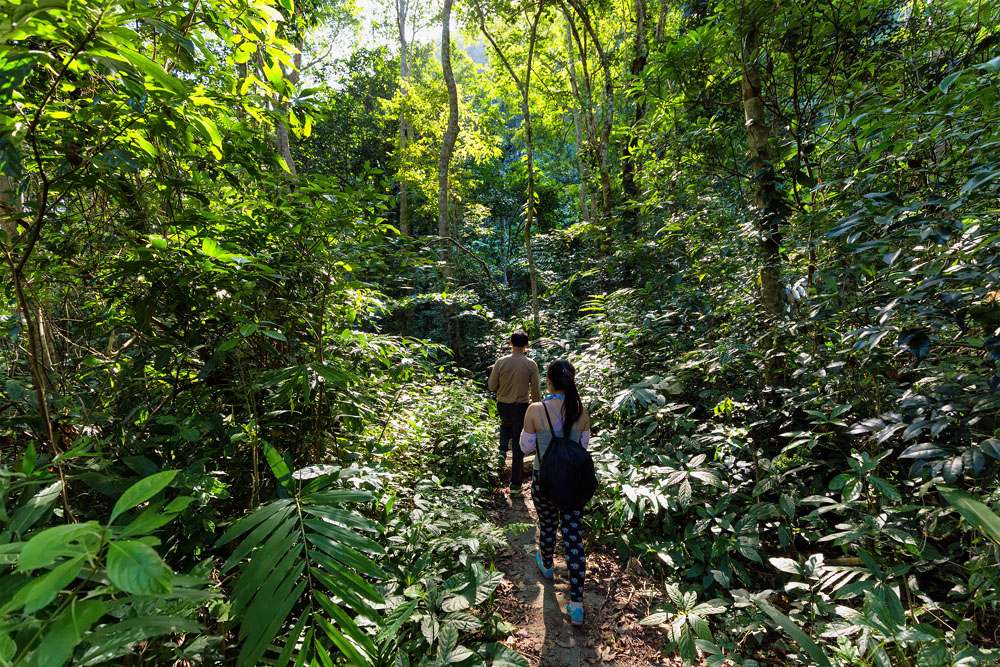
INDONESIA
Bali
Isn’t this wonderful? The Green School, situated on eight hectares of untouched land between Ubud and Denpasar on the island of Bali, is a place where sustainability is at the heart of its philosophy and curriculum. The campus sits on a property surrounded by rice paddies, palm trees, vegetable gardens, and animal-filled pastures. The school focuses on creating passionate students who will become engaged global citizens with a deep awareness of caring for the world. The theoretical is balanced with the practical, and the learning environment is one that strongly links education to living.
Komodo National Park
Komodo National Park is one of the world’s most biologically-diverse marine environments. However, it is the fact that it is home to the renowned Komodo dragon, the world’s largest living reptile, that attracts visitors. These monitor lizards are as big as 3 metres/39 inches long and weigh around 70 kilograms/155 lbs. Although Komodo dragons eat mostly the carcasses of dead animals, they are formidable predators and will also hunt prey including birds and mammals. Attacks against humans are very rare. How many are there? Around 5,700. They exist nowhere else in the world and are of great interest to scientists studying the theory of evolution. All revenues here go towards protecting biodiversity and developing sustainable livelihoods for the locals.
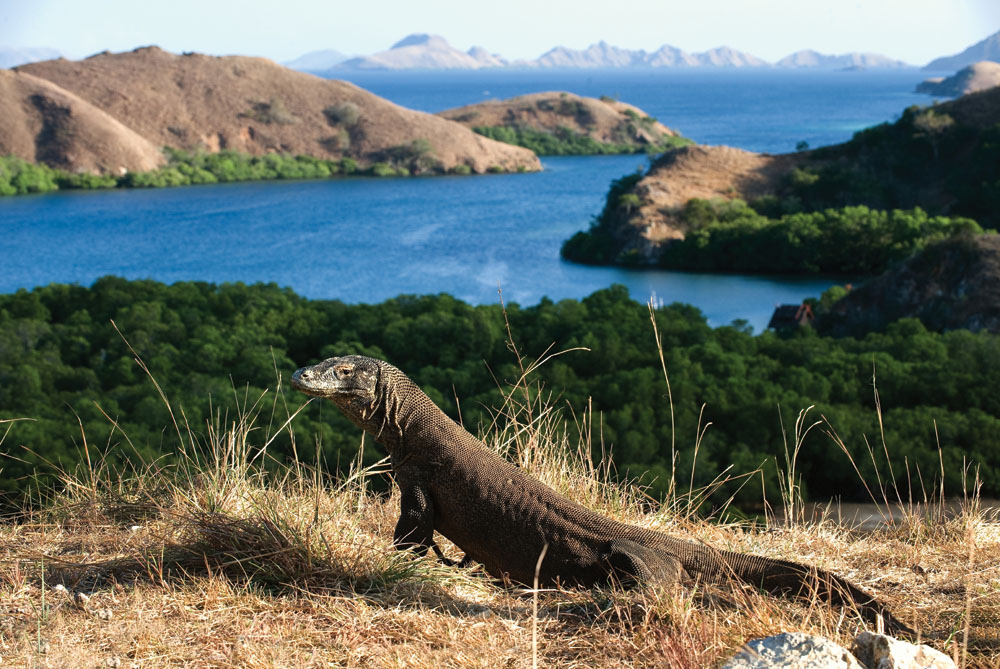
Our Ecotourism Series:
Ecotourism – An Important Trend in Travel
Ecotourism Destinations: East Africa
Ecotourism Destinations: Southern Africa
Ecotourism Destinations: Central and South America (Part 1)
Ecotourism Destinations: Central and South America (Part 2)
Ecotourism Destinations: Central and South America (Part 3)
Ecotourism Destinations: Asia (Part 1)
Ecotourism Destinations: Asia (Part 2)
Ecotourism Destinations: Australia
Ecotourism Destinations: New Zealand
Ecotourism Destinations: Europe
Get more travel inspiration by email.
Subscribe
0 Comments

Get the latest travel trends & hear about the best deals on vacations around the world.
If you’re a Globetrotter, these are the newsletters for you!
